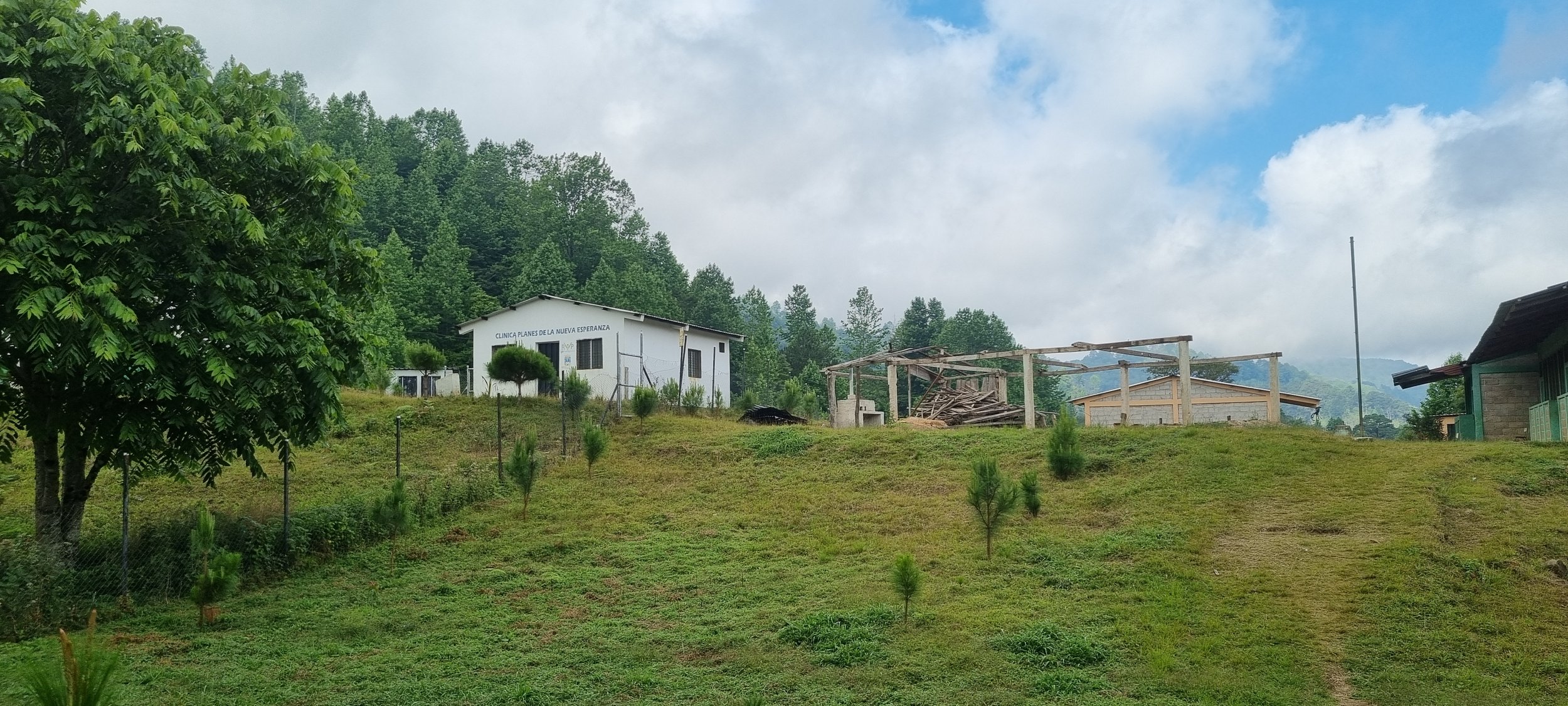
Rural Life & Needs
Honduras
Why Honduras?
Honduras is one of the least developed and most economically disparate countries in the Western Hemisphere, with half of Hondurans living below the poverty line. An overburdened health system in the region and lack of basic services are among the many reasons that over 200 people per day choose to leave Honduras. We are committed to overcoming these challenges and supporting the people of Honduras through our sustainable health and development programs.
VHC MEDICAL BRIGADE Presents:
“2024 Rural Needs Assessment”
Each year we do an extensive assessment of the target areas, to understand the communities we serve, to assess the impact of our programs, and to help our team be accountable to the people we serve in Comayagua and La Paz.
This survey found an area of continued low incomes and limited but slowly improving services. The ten communities surveyed have a population of around 2,500 scattered around rural mountains, with some families living up to an hour walk from the nearest dirt road, and 2-5 hours from the nearest city, Comayagua. We asked about perceived needs in the communities. The top cited need was for more latrines, followed by a broader offering medication in rural clinics, better emergency transport to hospitals, adding a doctor to clinics (since they’re staffed by trained volunteers), better schools, better water, and other needs.
Economy
The area is highly dependent on subsistence agriculture, where 64% of HHs have land to cultivate. 69% of landowners grow coffee to sell, while half grow corn or beans, which are mostly used as a staple food for family consumption. Income is seasonal, with annual incomes averaging under $2,000, leaving most families below the poverty line.
Water System
88% of households in the targeted communities are connected to improved water systems built by the VHC Medical Brigade, while others use rivers, ponds, and other sources. HHs share that the water system has good performance and reliability in some communities, but lower reliability in others. We find that around half of households have a good working latrine, while 29% have one in bad condition and 20% have none at all. It also shows that the water quality varies between locations, despite drawing from common mountain spring sources
Education
61% of children 5 to 17 are enrolled in school, well below the national average of 87%. Leading reasons for not attending school include economic hardship, a lack of secondary schools in the area and being far from or dissatisfied with the schools. 16% of families have a member overseas, with economic reasons being cited as the main driver of migration.
Health
We found that 22% of families have a child under one, and on average, mothers give birth to their first child at the age of 18. Also, 72% of parents say that their child had at least one day of illness in the last two weeks, citing flu, cough, fever, diarrhea, and pneumonia (in descending order). 64% of babies are delivered in hospitals, while 36% are born at home. 89% of mothers received at least some prenatal care, which was provided at government health clinics, VHCMB clinics, and others. 92% report being satisfied with the services received by our clinics.
Community education about available services is needed since was found that most respondents are unaware of them. Across all the challenges identified, we observed a lack of leadership in many communities. Many volunteers continue to serve, but there are too few leaders working hard to organize, mobilize, and develop the communities. We suggest an increased investment in leadership, starting with youth and existing volunteers.

You can make a difference.
Give now, change lives.


